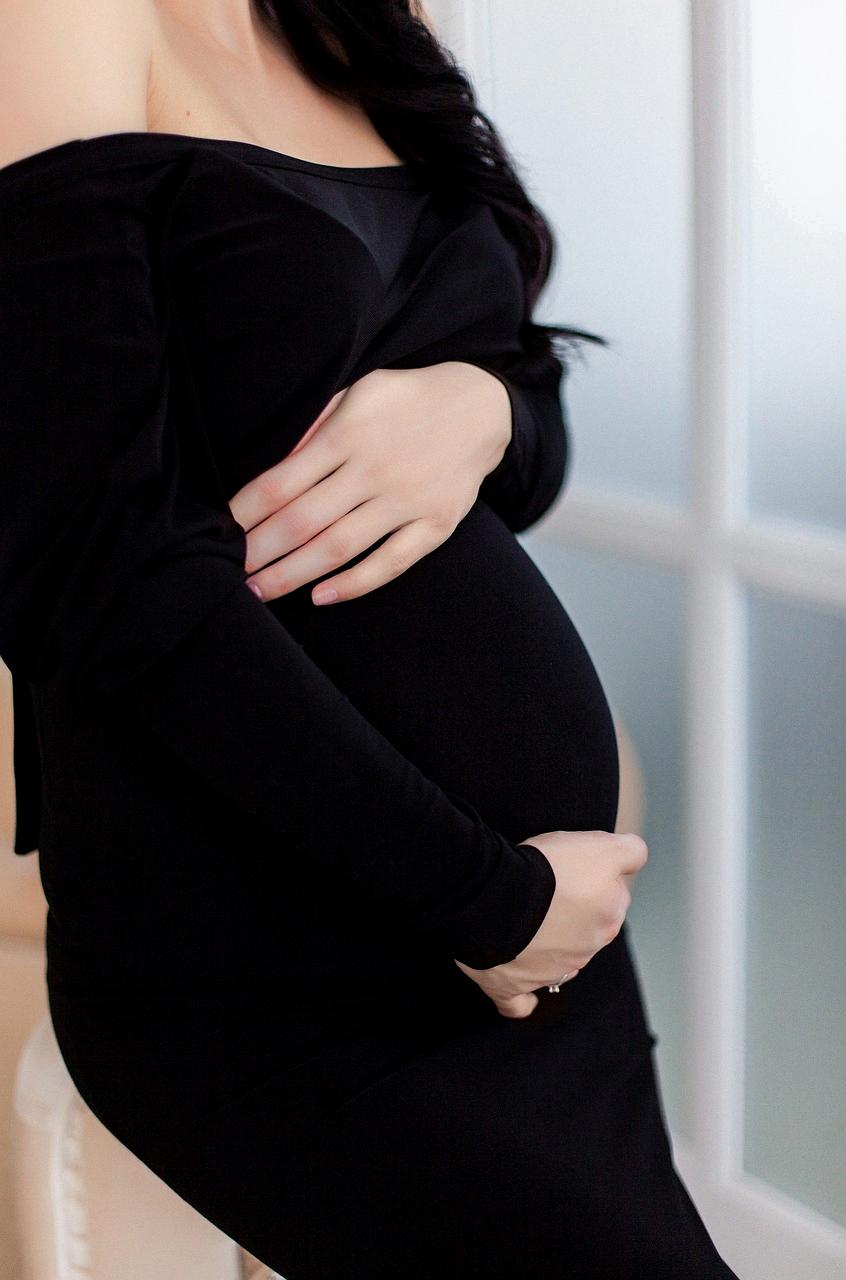When discussing the drawbacks of choosing a Cesarean section (C-section) for childbirth, it is essential to delve into the potential risks and complications that may arise from this surgical procedure.
One significant disadvantage of C-sections is the increased risk of complications in subsequent pregnancies. Research has shown that individuals who undergo a C-section may face a higher likelihood of encountering complications in future pregnancies, compared to those who deliver vaginally.
Moreover, the more C-sections a person has, the greater the risks become. Multiple C-sections can elevate the chances of developing conditions such as placenta previa, where the placenta covers the cervix, potentially leading to bleeding during pregnancy or delivery.
Another potential downside of C-sections is the heightened risk of placenta accreta. This condition occurs when the placenta attaches too deeply into the uterine wall, increasing the likelihood of severe bleeding during childbirth and necessitating additional medical interventions to manage the situation.
Furthermore, individuals who opt for C-sections may experience longer recovery times compared to those who deliver vaginally. The post-operative healing process following a C-section can be more prolonged and challenging, potentially impacting the individual’s ability to care for themselves and their newborn in the initial weeks after childbirth.
Additionally, C-sections carry inherent surgical risks, such as infection at the incision site or within the abdominal cavity, which can prolong the recovery period and require additional medical treatment.
It is crucial to consider the potential impact of C-sections on breastfeeding initiation and success. Research suggests that individuals who undergo C-sections may face challenges with establishing breastfeeding due to factors such as delayed milk production and difficulties with positioning the baby for nursing.
Moreover, C-sections are associated with a higher risk of respiratory issues for newborns. Babies born via C-section may be at an increased risk of developing respiratory problems shortly after birth, such as transient tachypnea (rapid breathing) or respiratory distress syndrome, which can necessitate specialized care in a neonatal intensive care unit.
In some cases, individuals who deliver via C-section may experience emotional and psychological challenges related to the birthing experience. Feelings of disappointment, guilt, or a sense of loss regarding a planned vaginal birth that transitions to a C-section delivery could impact the individual’s mental well-being.
Complications related to anesthesia during a C-section represent another potential disadvantage of this birthing method. Adverse reactions to anesthesia, though rare, can pose serious risks, requiring prompt medical intervention to ensure the individual’s safety during the surgical procedure.
Individuals who undergo C-sections may face long-term consequences, such as increased risks of developing adhesions, scar tissue that forms inside the abdomen and can lead to chronic pain or bowel obstructions in the future.
Furthermore, the financial implications of choosing a C-section over a vaginal delivery should not be overlooked. C-sections tend to be more costly than vaginal deliveries due to the surgical nature of the procedure, potentially adding a financial burden to individuals or families, particularly in cases where insurance coverage is limited.
In conclusion, while C-sections can be life-saving in certain circumstances, it is crucial for individuals to weigh the potential disadvantages and risks associated with this surgical method of childbirth, considering both short-term and long-term implications for maternal and neonatal health.

